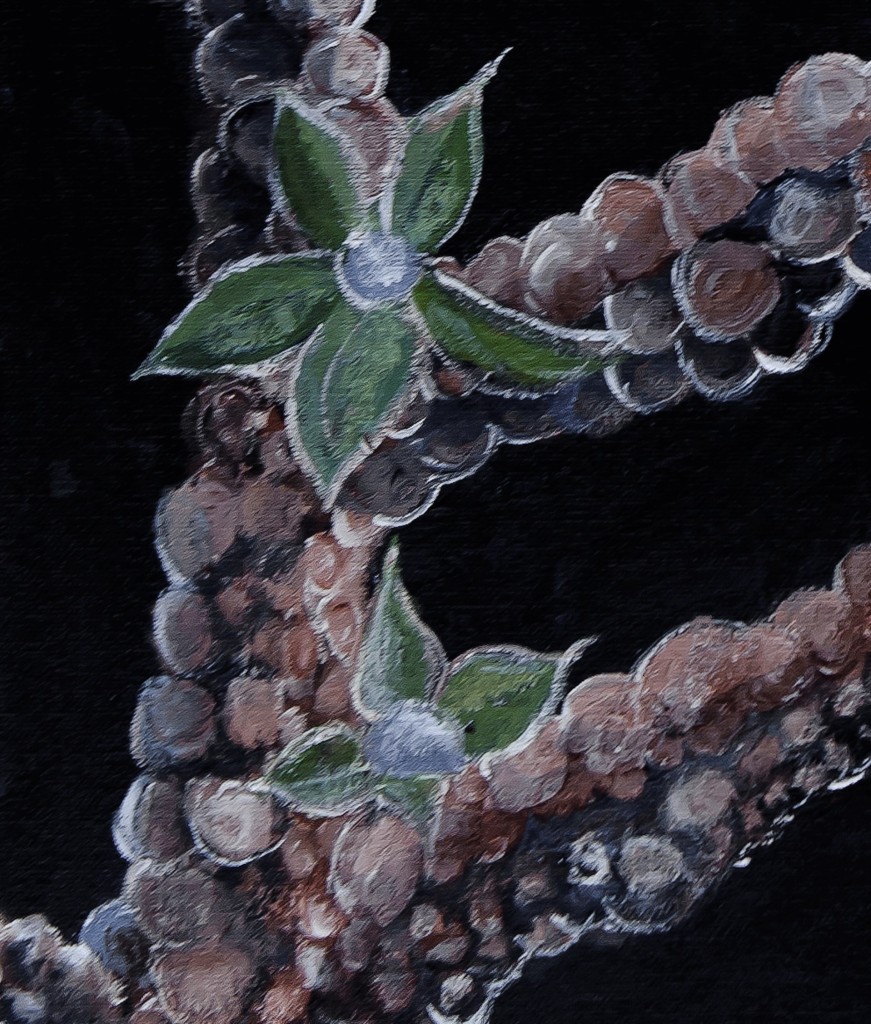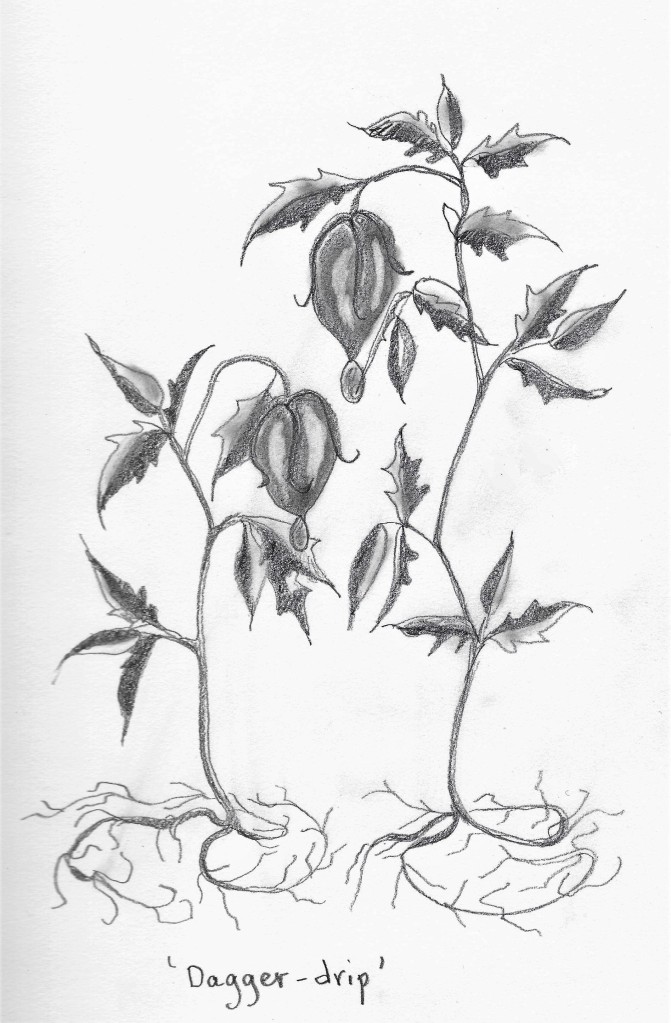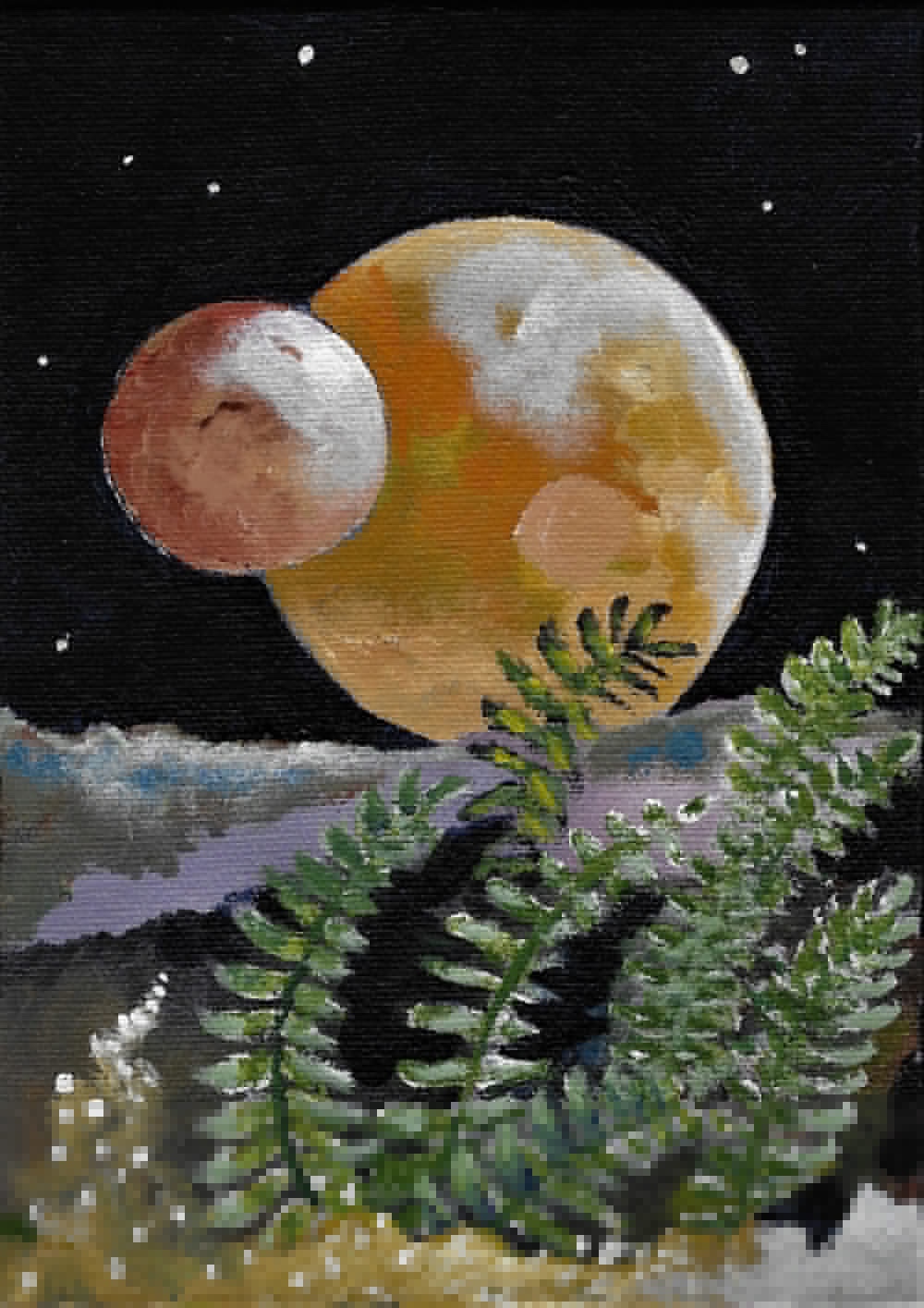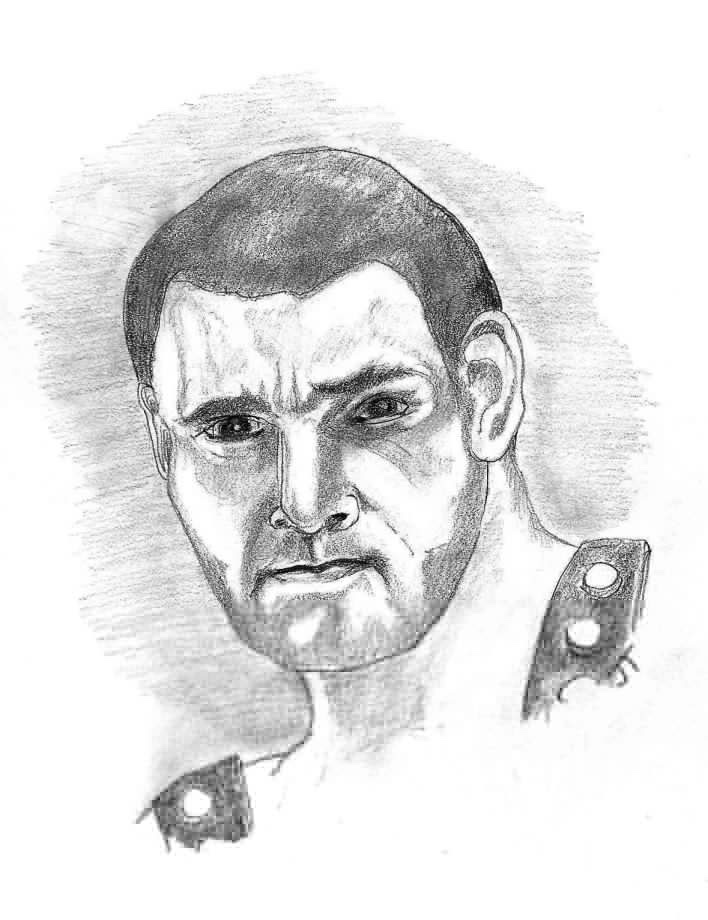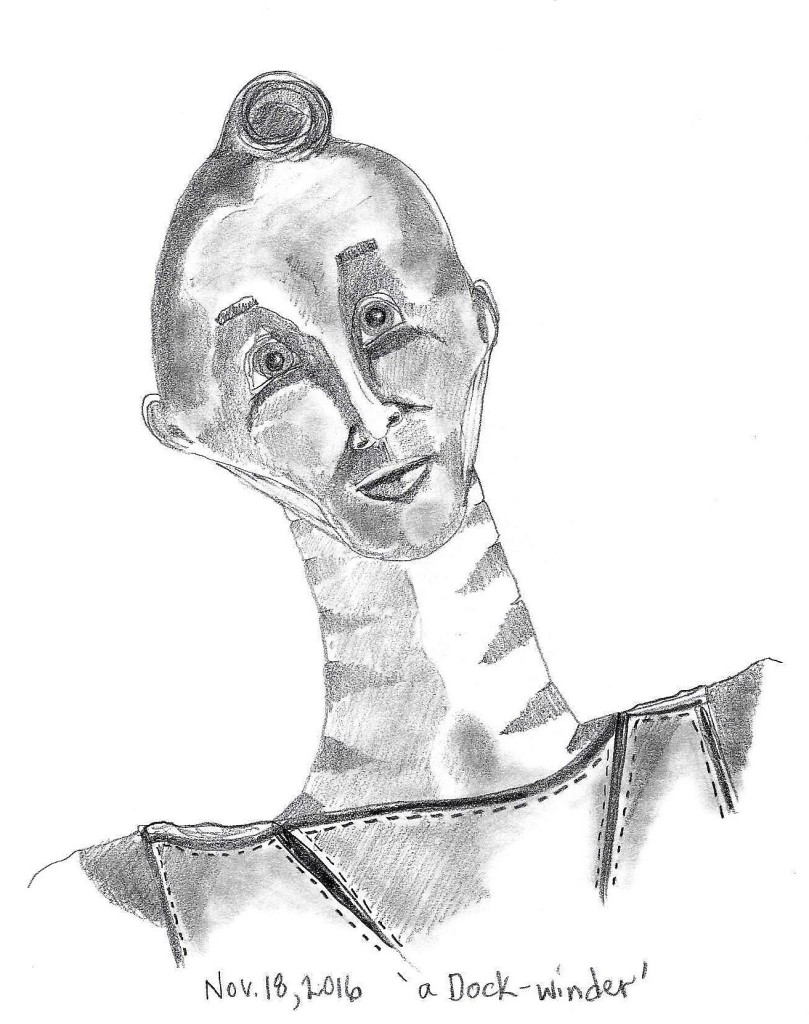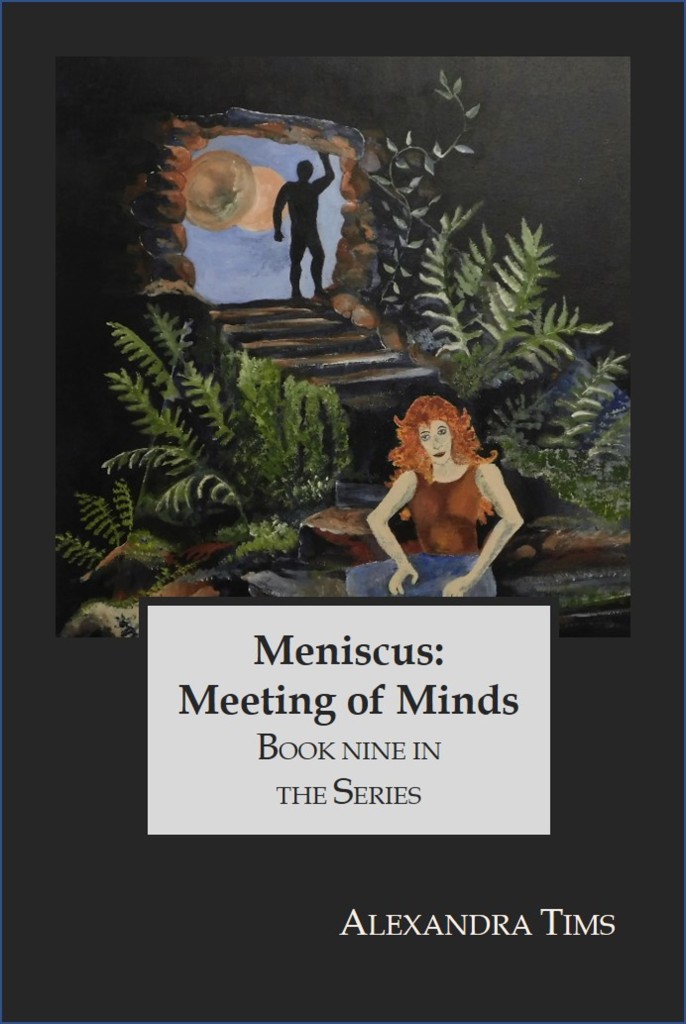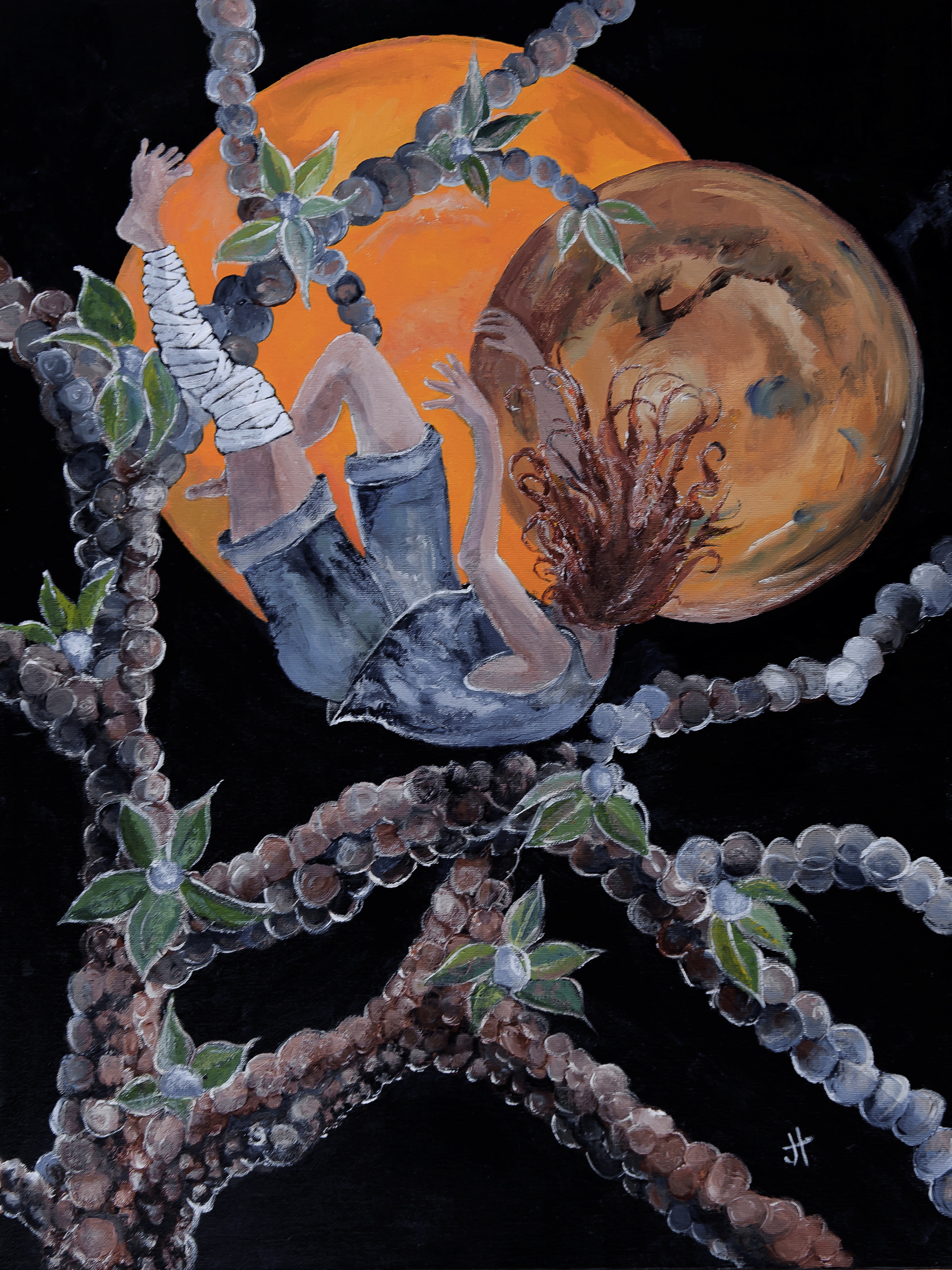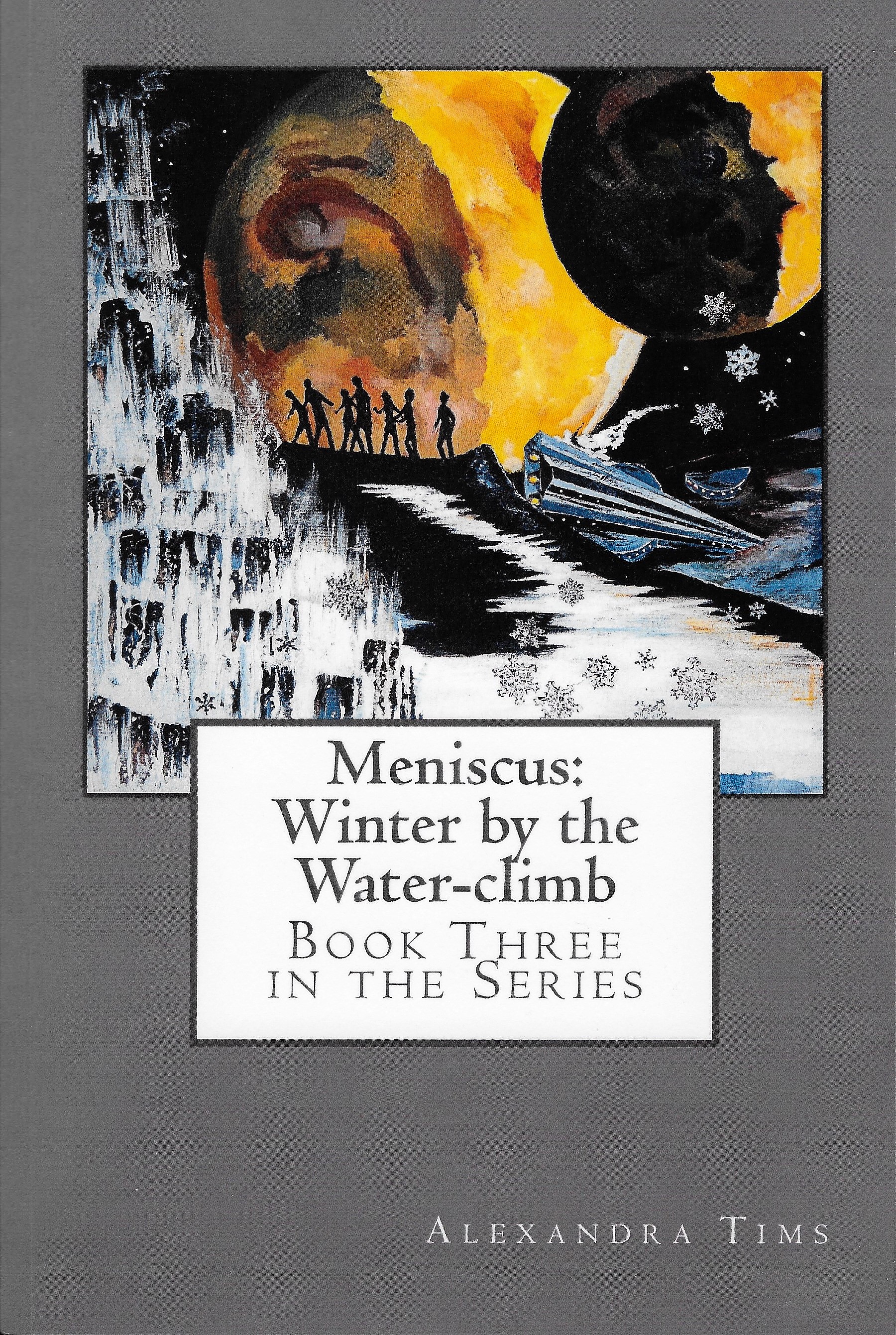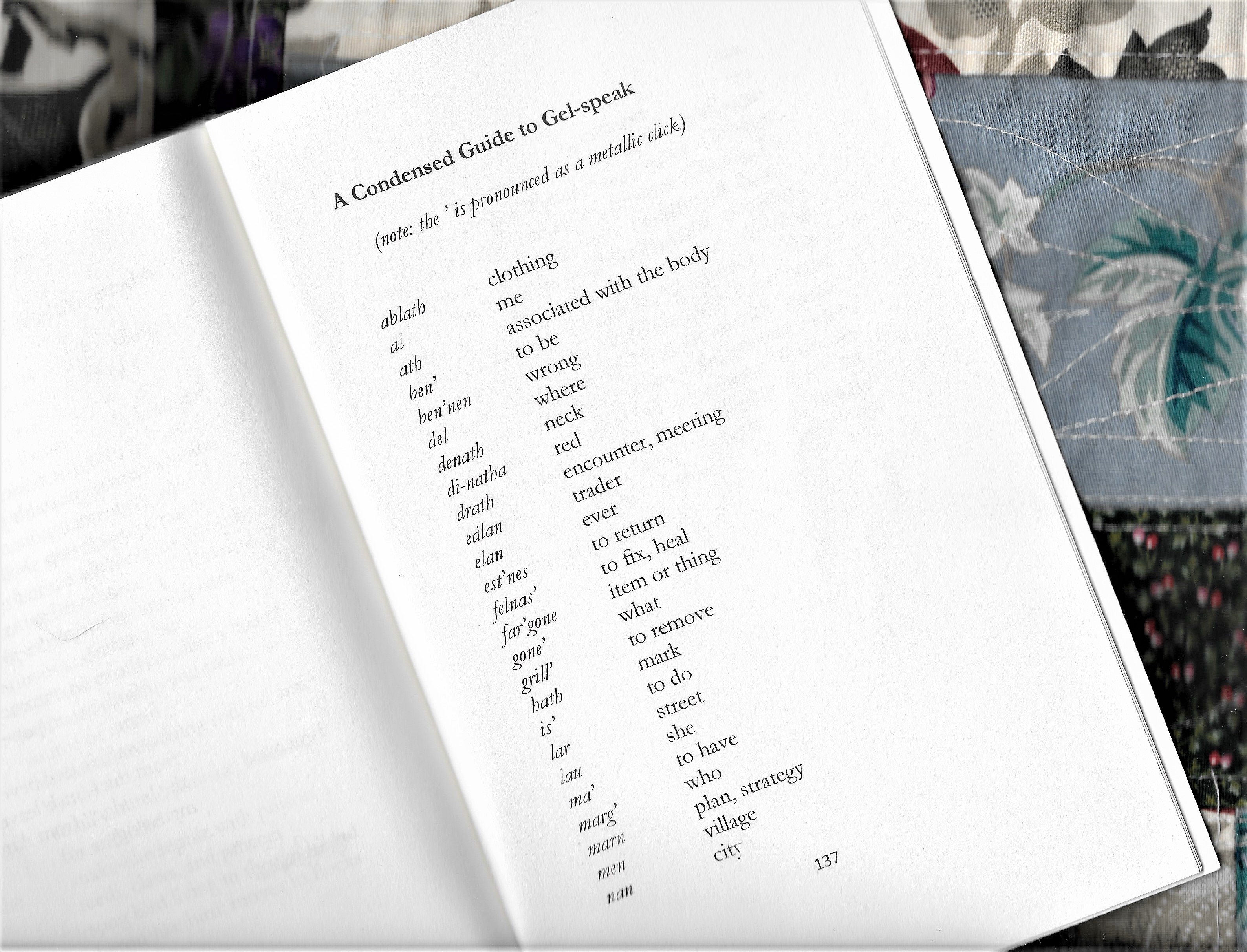In the next couple of posts, I will consider the needs of the rag-tag group of Humans trying to build a community on the distant planet Meniscus. In each of the books in the Meniscus Series, the Humans work very hard to survive, always concerned about how to get water or a next meal, or find protection from predators.
Remember Mazlow’s Hierarchy of Needs? After basic physiological needs are met (needs for air, water, food, sleep, and sex), people then move up the triangle, seeking safety (clothing, shelter and removal from danger), belonging (relationships, love, affection and community), esteem and finally self-actualization (spiritual needs and achieving individual potential). For more information on Mazlow’s hierarchy, see https://en.wikipedia.org/wiki/Maslow%27s_hierarchy_of_needs

~
This needs hierarchy is useful for writers of science fiction, especially fiction about colonization or dystopian survival. In my stories about human struggles to live on the planet Meniscus, most are about seeking the basics. The air is OK to breathe, and the water, although uncooperative (it flows upward and is hard to swallow) is plentiful. My characters spend most of their time trying to find food.
~
Safety is next on the hierarchy. Shelter is key to coping with dangers. The planet Meniscus is rife with carnivorous plants, venomous slear-snakes, wolf-like kotildi, and the ever-present danger of the alien Gel-heads and Dock-winders.
~
On Meniscus, there are several kinds of shelters available for Human use. These range from very simple to technologically complex.
~
Hammock hovel
Hammocks are cheap, light, portable and relatively inaccessible to predators. They can accommodate one or two people and come with a flysheet for rainy conditions and a portable ‘floor’ (although it is awkward and heavy and often discarded after a few days of travel). Hammock hovels are used in towns as temporary lodging and by some Slain in their travels.

~
Link-shelter
Although simple in design, the link-shelter is technologically advanced. It is light and portable, but when assembled, the components link to form durable bonds and an assembled shelter will bear the weight of a large man without collapsing. Portable pop-up shelters made of fabric are presently available on Earth and assemble with the flick of a wrist. But just try to collapse them without a You-tube credit course!
Odymn and the Slain use a link shelter.

~
Rafters
During the years he travelled from place to place on Meniscus in his occupation as trader, the Slain built a future home for himself at Rafters. Beginning with a single banyan, he cultivated, pruned and trimmed until he had a large area impregnable to carnivores. At the centre of the area, he hollowed out a large tree to use as a sleeping area.
When the Slain is fully committed to Odymn, he shows her his home at Rafters and asks her to share it with him.

~
Argenop hovels
Humans can use alien houses or hovels when they need shelter. The Argenops, furry friendly forest folk, have hovels adapted to their tree-living origins. With two-level platforms and sturdy hanging bars, creatures with prehensile tails are right at home. Humans will fit into the Argenop hovel, but getting comfortable is difficult.
As seen in the map below, the Argenops have about fifty hovels in four communities. Odymn and the Slain used an Argenop hovel when they lived with the Argenops in the village of Garth.


~
Dock-winder honey-combs
Female Humans who are captives of the Dock-winders are stored in horizontal cells during non-working hours. The cells are arranged efficiently in tiers called honey-combs. Each cell is equipped with climate control, an aluminum mattress and a pool-noodle- shaped warmer. Male Humans are left to fend for themselves and end up sleeping in alleyways under squares of carpet.
Odymn lived in a Dock-winder honey-comb for ten years when she worked in the Gel-head sex-trade and as a factory seamstress and waitress.

~
High tech dwelling
Some of the Slain have been able to use Dock-winder technology to build complex dwellings. Rist, a Slain in an upcoming book, took years hauling components on his back to build his home. It has four stories, floor-to-floor access via ladder, and a ‘skin’ to camouflage itself and provide heat. Another character in the book describes it as being as large as a trampoline at the base and as tall as a telephone pole.
Rist has a number of technological improvements to the basic building, including a multi-compartment storage unit that will sort itself, bioluminescence for light, and a ‘friction-fireplace’ constructed of layers of amblion (when the panels rub together they create friction to simulate the sparking and heat of a fireplace). There’s a comfortable mattress too!

~
With all these choices, what shelters do the Humans use when they build the Village at Themble Hill? Not much information is given in Meniscus: The Village at Themble Hill, but the story implies Zachary, the carpenter, used methods he knew and materials at hand – wood, stone and vegetation fibres. The completed village consisted of a common kitchen and eight small wood-frame huts, each providing sleeping space for one or two people.
~

~
You probably would not trade your current shelter, however humble, for one of the shelters described above. Despite its comforts, I would not want Rist’s high-tech house since my arthritic knees would not tolerate the ladders!
~
All my best
Alexandra



